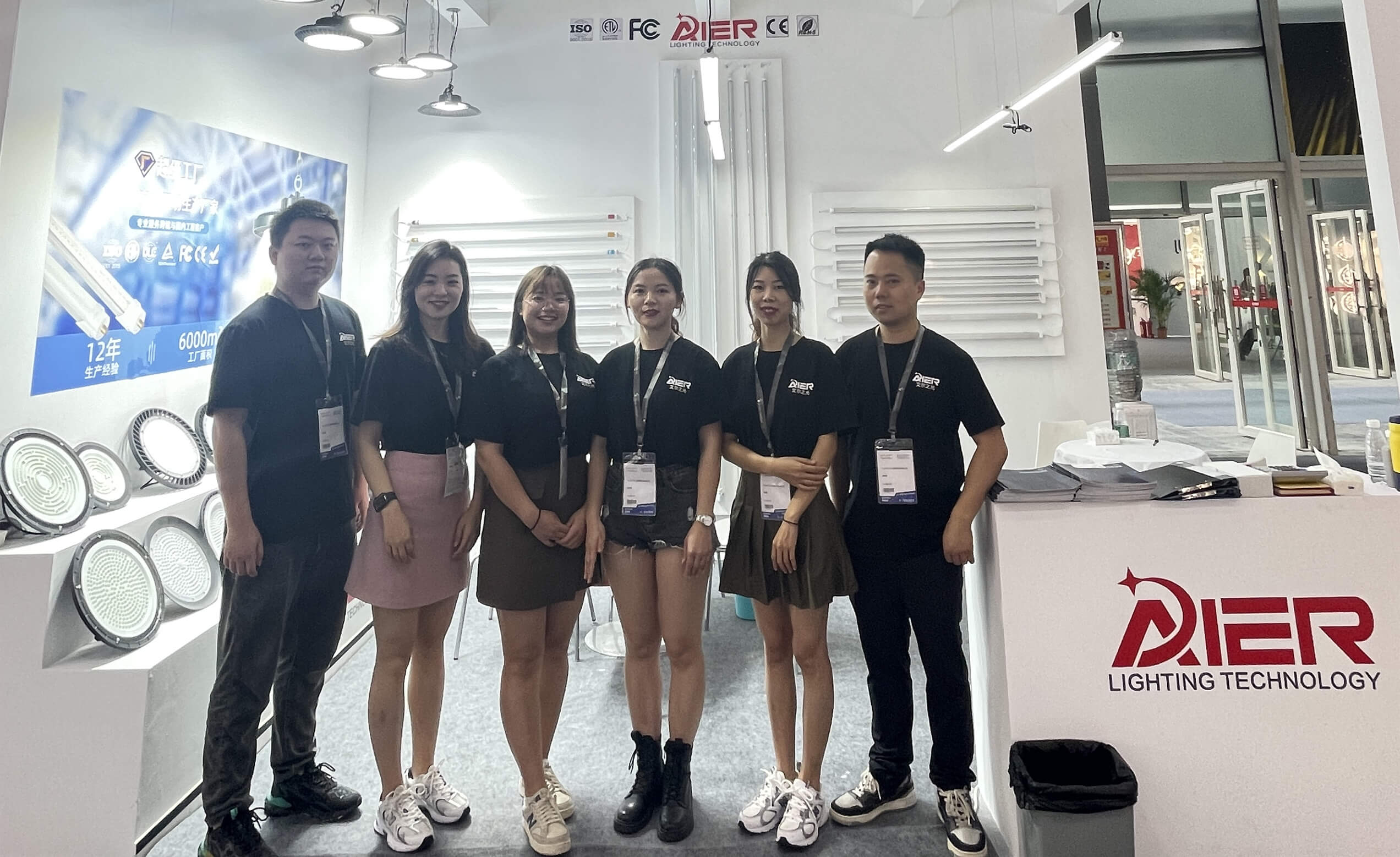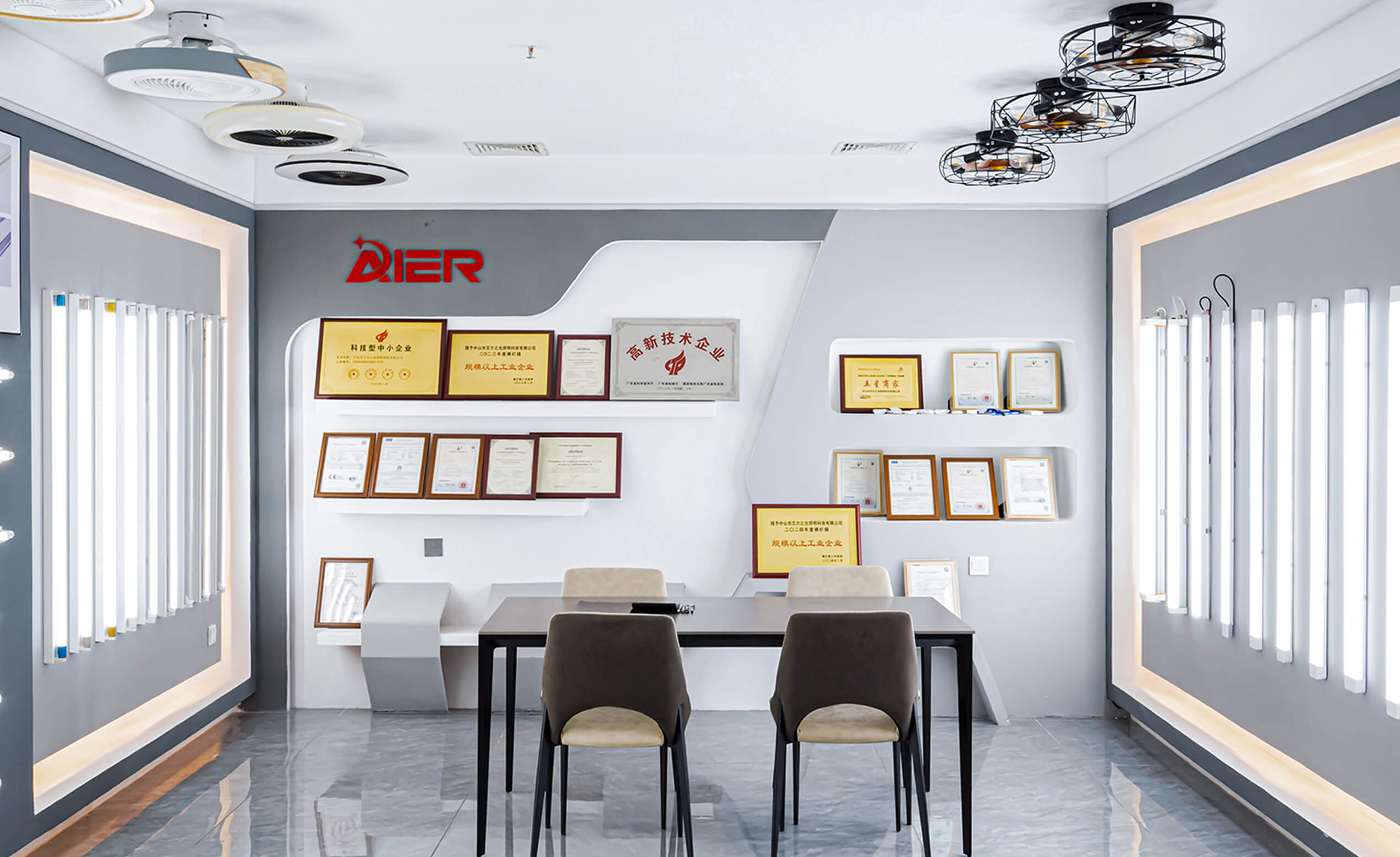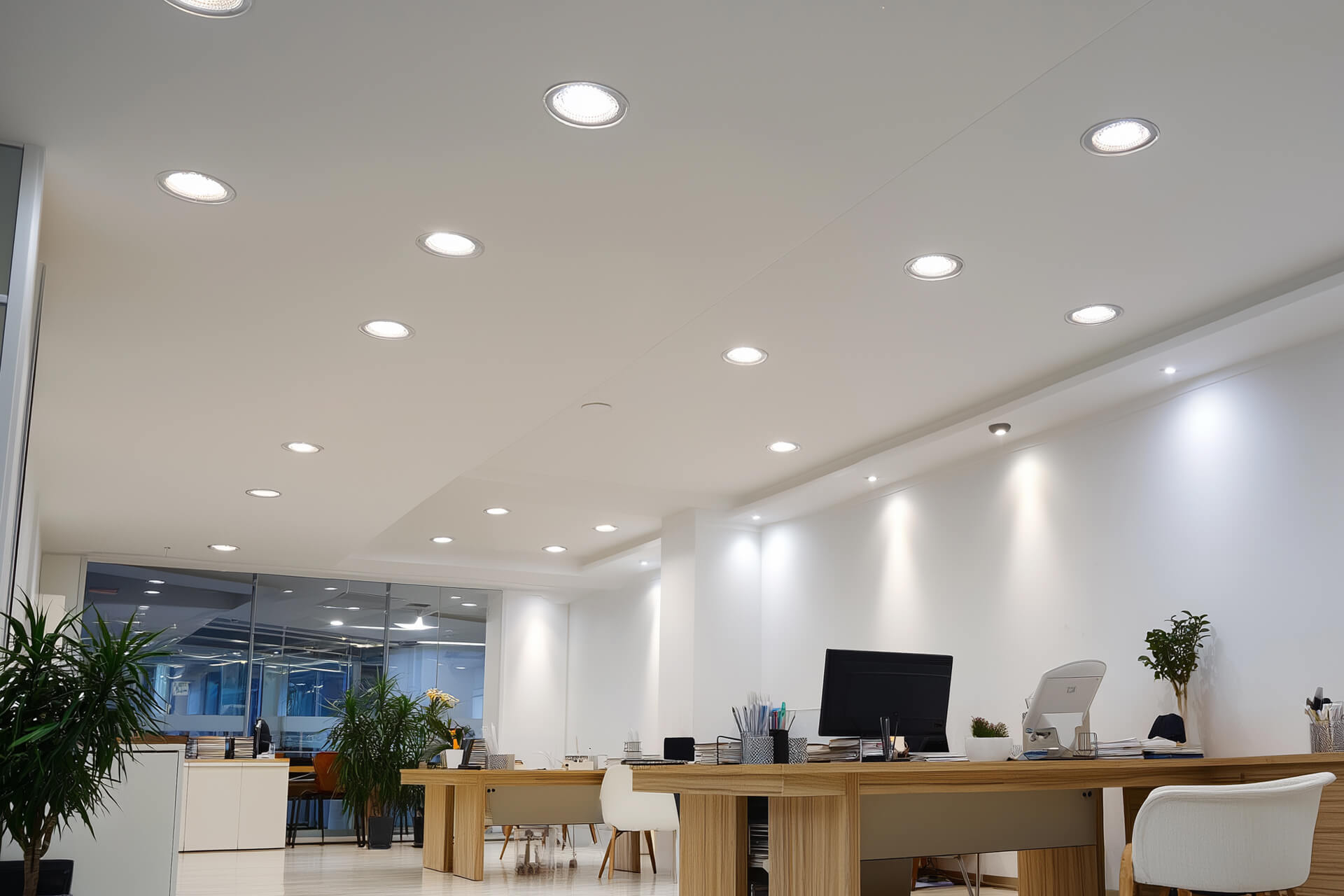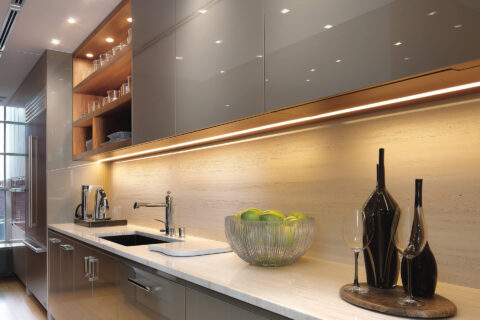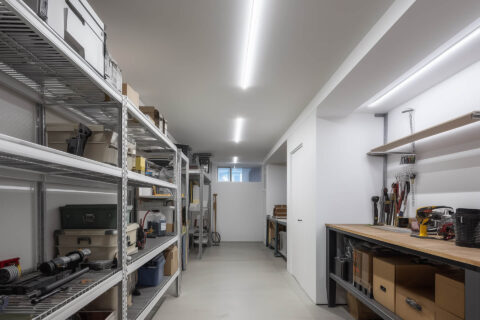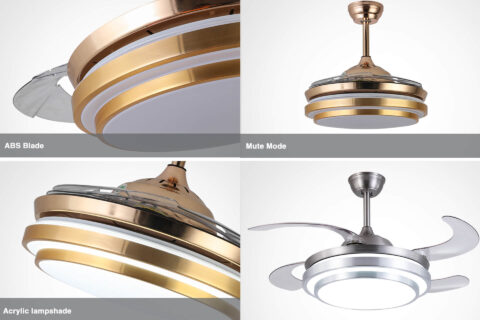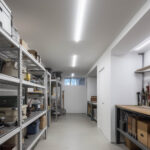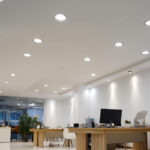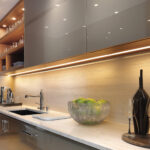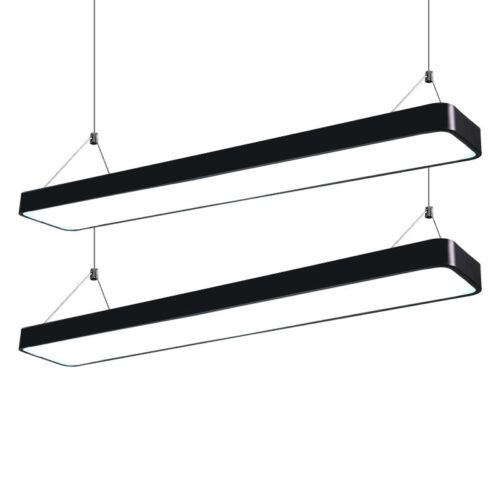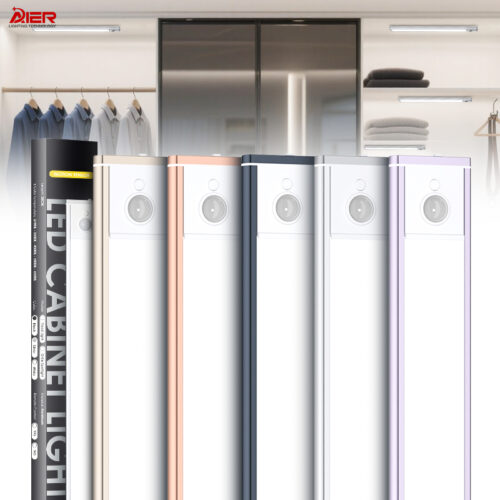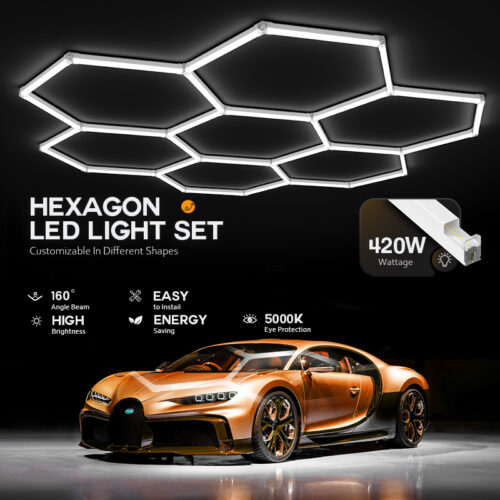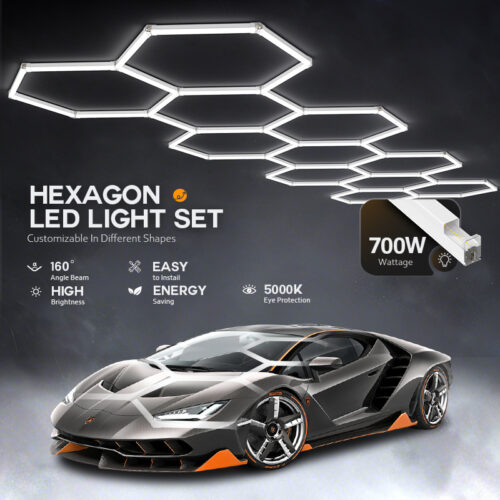Understanding the Advantages of LED Ceiling Lights
In today’s lighting landscape, LED ceiling lights have emerged as a superior choice for both residential and commercial spaces. Their blend of energy efficiency, longevity, and design versatility makes them a preferred option for modern interiors. This comprehensive guide delves into the features, benefits, and considerations associated with LED ceiling lights, providing valuable insights for informed decision-making.
- Energy Efficiency: A Sustainable Choice
One of the most compelling reasons to adopt LED ceiling lights is their remarkable energy efficiency. Compared to traditional incandescent or fluorescent lighting, LEDs consume significantly less power. This reduction in energy usage not only lowers electricity bills but also contributes to environmental conservation by decreasing greenhouse gas emissions.
Moreover, LEDs convert a higher percentage of energy into light rather than heat, enhancing their efficiency. This characteristic reduces the strain on cooling systems, especially in warmer climates, further conserving energy.
- Longevity: Reduced Maintenance and Replacement
LED ceiling lights boast an impressive lifespan, often exceeding 25,000 to 50,000 hours of operation. This longevity surpasses that of traditional lighting options, resulting in fewer replacements and lower maintenance costs over time.
The extended operational life of LEDs is attributed to their solid-state construction, which is less prone to failure compared to filaments in incandescent bulbs or the gas discharge in fluorescents. This durability ensures consistent performance and reliability in various settings.
- Design Versatility: Enhancing Aesthetics and Functionality
The adaptability of LED ceiling lights allows for a wide range of designs, catering to diverse aesthetic preferences and functional requirements. From sleek flush mounts to elegant chandeliers, LEDs can be integrated into various fixtures, complementing different interior styles.
Additionally, LEDs offer options in color temperature and brightness levels, enabling customization of ambiance and mood within a space. Some models also feature dimming capabilities and smart controls, providing users with enhanced control over their lighting environment.
- Environmental Benefits: A Greener Lighting Solution
Choosing LED ceiling lights contributes positively to environmental sustainability. Their energy efficiency reduces overall power consumption, leading to lower carbon emissions from power plants. Furthermore, LEDs do not contain hazardous substances like mercury, which is present in some fluorescent lights, making them safer for both users and the environment.
The long lifespan of LEDs also means fewer bulbs are manufactured and discarded, reducing waste and the environmental impact associated with production and disposal processes.
Viribright
- Safety and Performance: Reliable Illumination
LED ceiling lights operate at lower temperatures compared to traditional bulbs, minimizing the risk of burns or fire hazards. Their solid-state construction is more resistant to shocks and vibrations, enhancing safety in various applications.
Lumary
In terms of performance, LEDs provide instant illumination without the warm-up time required by some other lighting technologies. They also offer consistent light output and color rendering, ensuring clear and accurate visibility in different settings.
- Cost Considerations: Long-Term Savings
While the initial investment in LED ceiling lights may be higher than traditional lighting options, the long-term savings are substantial. Reduced energy bills, lower maintenance costs, and fewer replacements contribute to overall cost-effectiveness.
Additionally, advancements in LED technology and increased market competition have led to a decrease in prices, making them more accessible to a broader range of consumers.
- Applications: Versatility Across Spaces
The versatility of LED ceiling lights makes them suitable for various applications, including:
Residential Spaces: Living rooms, kitchens, bedrooms, and bathrooms benefit from the customizable lighting options and aesthetic appeal of LEDs.
Commercial Settings: Offices, retail stores, and hospitality venues utilize LEDs for their energy efficiency and ability to create inviting atmospheres.
Industrial Environments: Warehouses and manufacturing facilities appreciate the durability and consistent performance of LED lighting.
- Integration with Smart Technology
Modern LED ceiling lights often feature compatibility with smart home systems, allowing users to control lighting remotely via smartphones or voice commands. This integration enhances convenience, energy management, and the ability to create dynamic lighting scenes tailored to specific activities or times of day. - Considerations for Installation and Compatibility
Before transitioning to LED ceiling lights, it’s essential to assess existing fixtures and electrical systems for compatibility. Some LED lights may require specific dimmer switches or drivers to function correctly. Consulting with a professional electrician can ensure a smooth and safe installation process. - Future Outlook: Continuous Advancements
The field of LED lighting continues to evolve, with ongoing research and development leading to improvements in efficiency, color quality, and integration capabilities. As technology advances, consumers can expect even more innovative features and applications for LED ceiling lights, solidifying their position as a cornerstone of modern lighting solutions.
Frequently Asked Questions (FAQ)
Q1: How do LED ceiling lights compare to traditional lighting in terms of energy consumption?
A1: LED ceiling lights consume significantly less energy, often using up to 80% less power than traditional incandescent bulbs, leading to lower electricity bills and reduced environmental impact.
Q2: Are LED ceiling lights suitable for all room types?
A2: Yes, LED ceiling lights come in various designs and brightness levels, making them adaptable for different rooms, including living areas, kitchens, bedrooms, and bathrooms.
PacLights
Q3: Can LED ceiling lights be used with dimmer switches?
A3: Many LED ceiling lights are compatible with dimmer switches, but it’s important to ensure that both the light fixture and the dimmer switch are compatible to avoid performance issues.
Q4: What is the average lifespan of an LED ceiling light?
A4: LED ceiling lights typically have a lifespan ranging from 25,000 to 50,000 hours, depending on the quality of the product and usage patterns.
Q5: Do LED ceiling lights emit heat?
A5: LED ceiling lights emit significantly less heat compared to traditional lighting options, making them safer and more energy-efficient.



